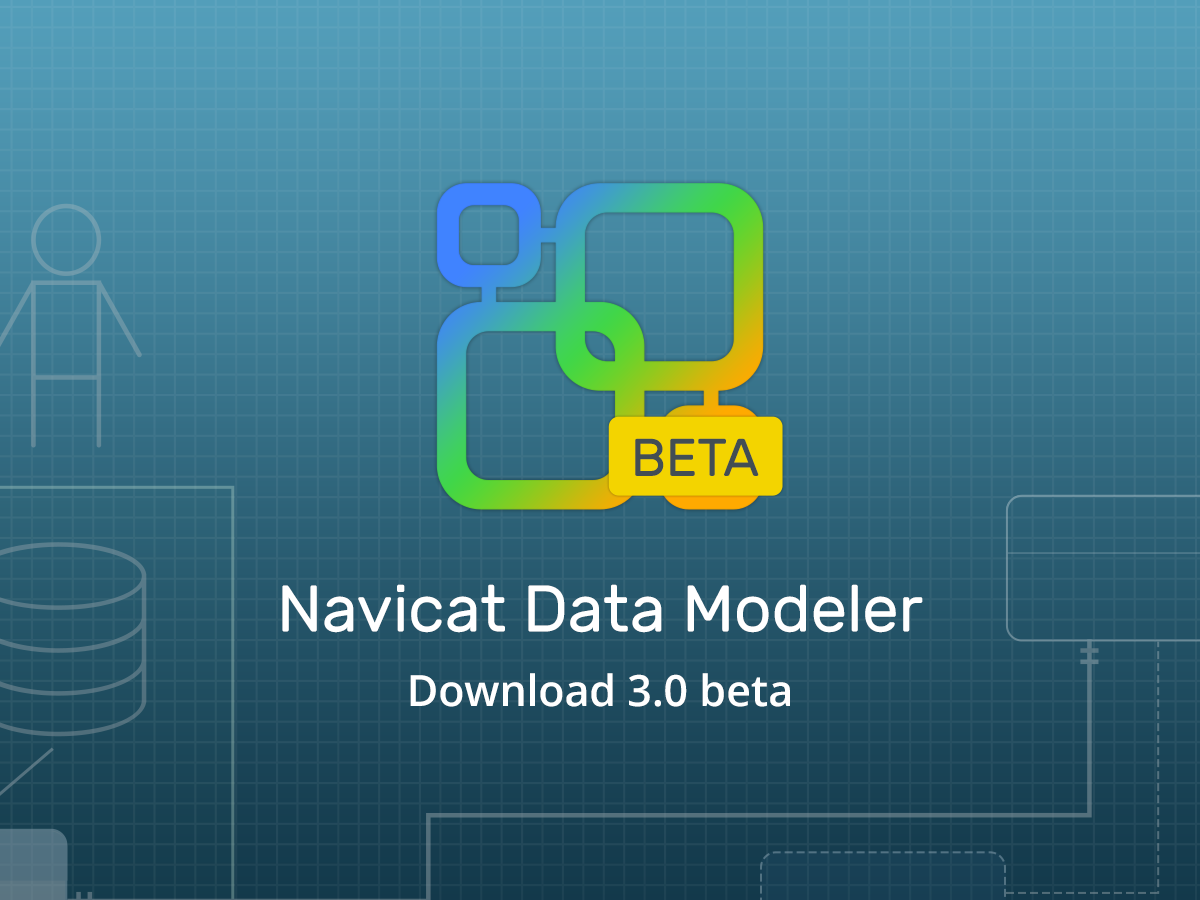
There are some very good reasons why data validation is best performed at the database level rather than at the application level. For instance, the same data source may be accessed by multiple applications. Therefore, you can rely on the data being consistent and valid without having to depend on validation logic being applied on the application side, which might not be consistent across different implementations. Moreover, triggers are ideal for validation because they can be executed before data is inserted or updated. Triggers can also can also prevent a database transaction from being applied while providing an error message.
The SQL LIMIT clause constrains the number of rows returned by a SELECT statement. For Microsoft databases like SQL Server or MSAccess, you can use the SELECT TOP statement to limit your results, which is Microsoft's proprietary equivalent to the SELECT LIMIT statement. However, for most relational databases (DBMSes), including MySQL/MariaDB, PostgreSQL, and Oracle, the SQL LIMIT clause can solve several problems. In today's blog, we'll explore a few of these, using Navicat for PostgreSQL.
There are times when you need to fetch related data that reside in the same table. For that, a special kind of join is required called a self join. In today's blog, we'll learn how to write a query that includes a self join using Navicat Premium as the database client.
Even if your company is still relatively small, it may already be in the process of outgrowing the database that you started with. As this happens, new applications will interface with a larger and more powerful database. Meanwhile, the original database will still play a (reduced) role in business activities. Eventually, you will need to manage a variety of databases, each with its own features, specialized syntax, and connection protocols.
Managing multiple databases either necessitates that you employ multiple client applications or find one that can accommodate all of the databases that you use. One such tool is Navicat Premium. Not only does it support most of the major Database Management Systems (DBMSes), but it is one of the few tools that can simultaneously connect to all of them at once!
In today's blog, we will examine some of the challenges of managing multiple databases and provide some practical examples of how to overcome them using Navicat Premium.
- 2024 (1)
- 2023 (1)
- 2022 (1)
- 2021 (1)
- 2020 (1)
- 2019 (1)
- 2018 (1)
- 2017 (1)
















